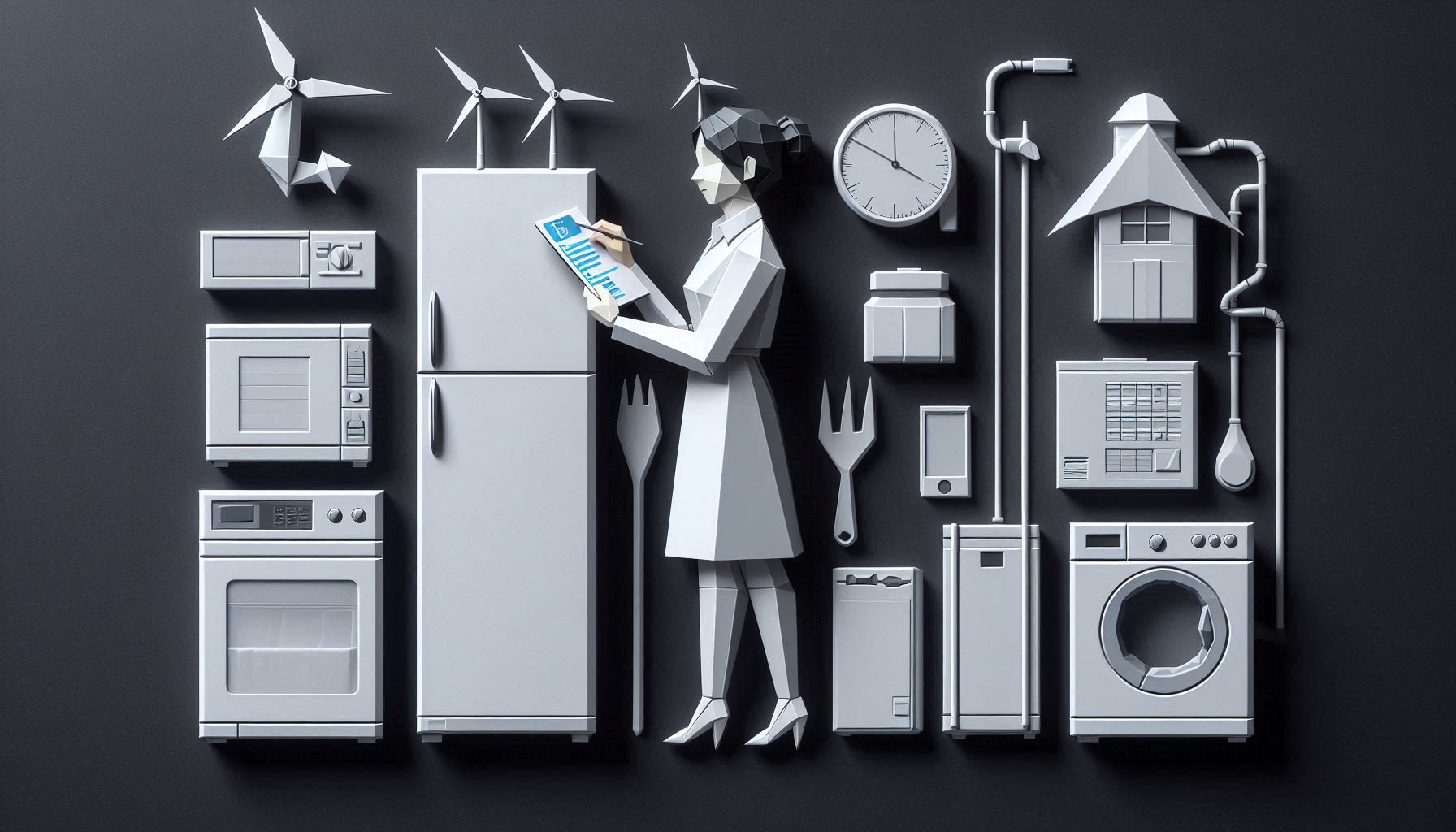The Nigerian power landscape, characterized by intermittent grid supply, reliance on generators, and the adoption of solar inverter systems, makes accurate energy measurement not just about saving money, but about achieving power reliability and optimizing operational costs.
Understanding the precise consumption of your appliances is the critical first step to reducing your Disco bill, slashing diesel and petrol costs, and correctly sizing a sustainable solar solution.
1. The Simplest Method: The Plug-Load Meter
For standard, single-phase plug-in devices (like office equipment, fans, TVs, fridges, and small appliances), a plug-load power meter is the easiest and most effective tool.
Crucial use cases in your home or business:
- Solar Sizing: Accurately measure the startup surge (in Watts) and daily usage (in kWh) of essential appliances like fridges and water dispensers. This data is vital for choosing the right inverter and battery capacity.
- Phantom Load Check: Identify the "energy vampires" that consume power even when off, helping you reduce unnecessary load, especially when running on an inverter or generator.
- Cost Calculation: Directly measure the Kilowatt-hours (kWh) consumed, allowing you to estimate the true cost of running the appliance, whether on the grid tariff or via generator fuel consumption.
How to Use the Meter:
- Plug it in: Connect the meter directly to the wall socket or extension cord.
- Connect the Appliance: Plug the appliance into the meter.
- Select kWh Mode: Set the display to kWh (Kilowatt-hours). Since utility companies (Discos) bill you based on kWh consumed, this is the most important reading.
- Monitor the Usage: Allow the appliance to run as usual for at least 48 hours. The accumulated kWh reading provides a realistic picture of consumption.
Best for: Small office equipment, home entertainment, fans, fridges (for daily kWh), and confirming the load of critical devices for inverter backup.
2. Measuring High-Power (Non-Plug) Appliances
Appliances like deep freezers, large water heaters, industrial A/C units, or cooking equipment often connect directly to the breaker or use high-amperage plugs, making a simple meter impractical. For these, estimation based on nameplate data is necessary.
Step 1: Find the Nameplate Wattage (W)
Locate the label (the “nameplate”) on the appliance. This label lists the electrical requirements, usually the Operating Wattage (W) or the Amps (A).
- If Wattage (W) is listed: Use this value.
- If only Amps (A) and Volts (V) are listed: Calculate the Wattage using the formula:
W = A x V (Standard single-phase home voltage in Nigeria is typically 230V. For businesses, three-phase systems often use 400V)
Step 2: Calculate Kilowatt-Hours (kWh)
Electricity is charged in Kilowatt-hours (kWh), which is 1,000 Watts running for one hour. Use the Wattage and your estimated daily use to find the daily consumption:
Wattage (W) X Hours Used per Day (h)/1000 = Daily Kilowatt-hours kWh
How to Calculate Kilowatt-hours(kWh) for your appliances
|
Appliance (Example)
|
Wattage (W)
|
Avg. Hours Used/Day (h)
|
Daily kWh Consumption
|
|
1.5 HP Split A/C
|
1,500 W
|
6 h
|
9.0 kWh
|
|
Deep Freezer (Commercial)
|
300 W
|
12 h (running time)
|
3.6 kWh
|
|
Electric Pressing Iron
|
1,200 W
|
1 h
|
1.2 kWh
|
Note: Appliances with compressors (like A/Cs and freezers) do not run 24/7. The "Hours Used" should be the compressor run time, typically 8 to 12 hours a day, depending on efficiency and ambient temperature.
3. The Business Method: Whole-Premise Monitoring
For SMEs or businesses running significant machinery on multiple phases, whole-home/premise energy monitors are essential. These require professional installation at the main distribution board (DB).
These advanced systems use Current Transformers (CTs) clamped around the main incoming lines to provide a detailed, real-time breakdown of total power draw.
Benefits for Businesses:
- Load Balancing: Identify if phases are unevenly loaded, which is crucial for efficient three-phase generator and grid usage.
- Peak Demand Analysis: Pinpoint the exact moments of highest power draw to manage generator start/stop times and prevent overloading.
- Inverter/Solar Audit: Provide the only truly accurate data required by solar installers to design commercial-grade solar solutions that can reliably power heavy machinery or large office infrastructure.
Next Steps: Moving from Measurement to Optimization
Once you have your figures, the real work of saving money begins:
- Prioritize Solar Loads: Use your measurement data to create a "Critical Load List." Only devices on this list should be connected to your inverter system.
- Shed Heavy Loads (Grid-to-Generator Transition): Appliances like water heaters or kettles should never be on during inverter use. Use the data to teach staff or family which items to switch off before transferring to backup power.
- Fuel-to-Solar Conversion: Compare the daily kWh consumption of your high-use appliances to the cost of running the equivalent load on a generator. For example, if your air conditioning uses 9 kWh per day, calculating the diesel cost for that usage versus the long-term solar cost makes the investment decision straightforward.
What is the biggest energy drain you are looking to tackle first, generator costs, or sizing a solar solution?
Switch to solar
Never worry about energy consumption again. Make the switch to solar with Earthbond
Get started











